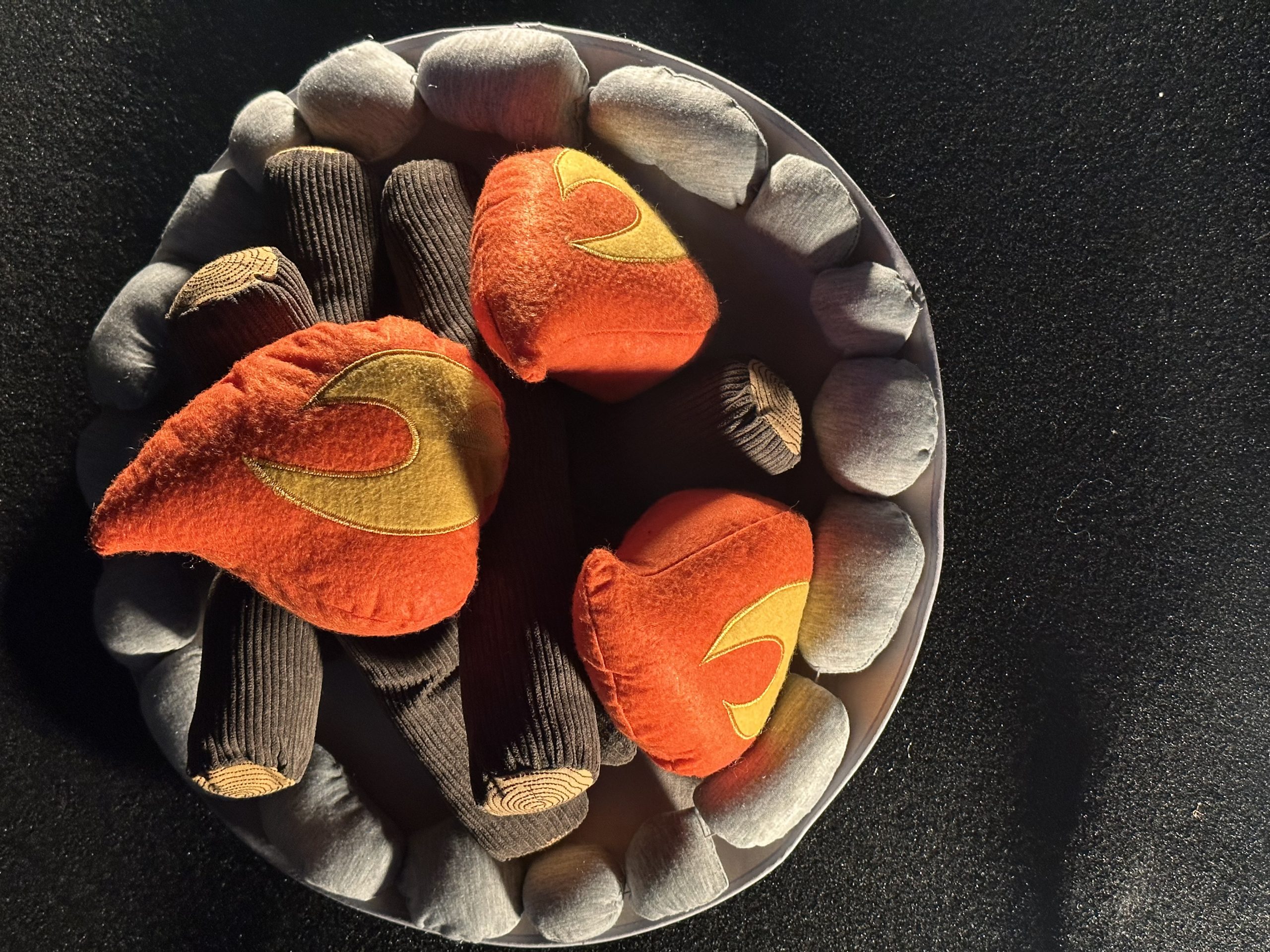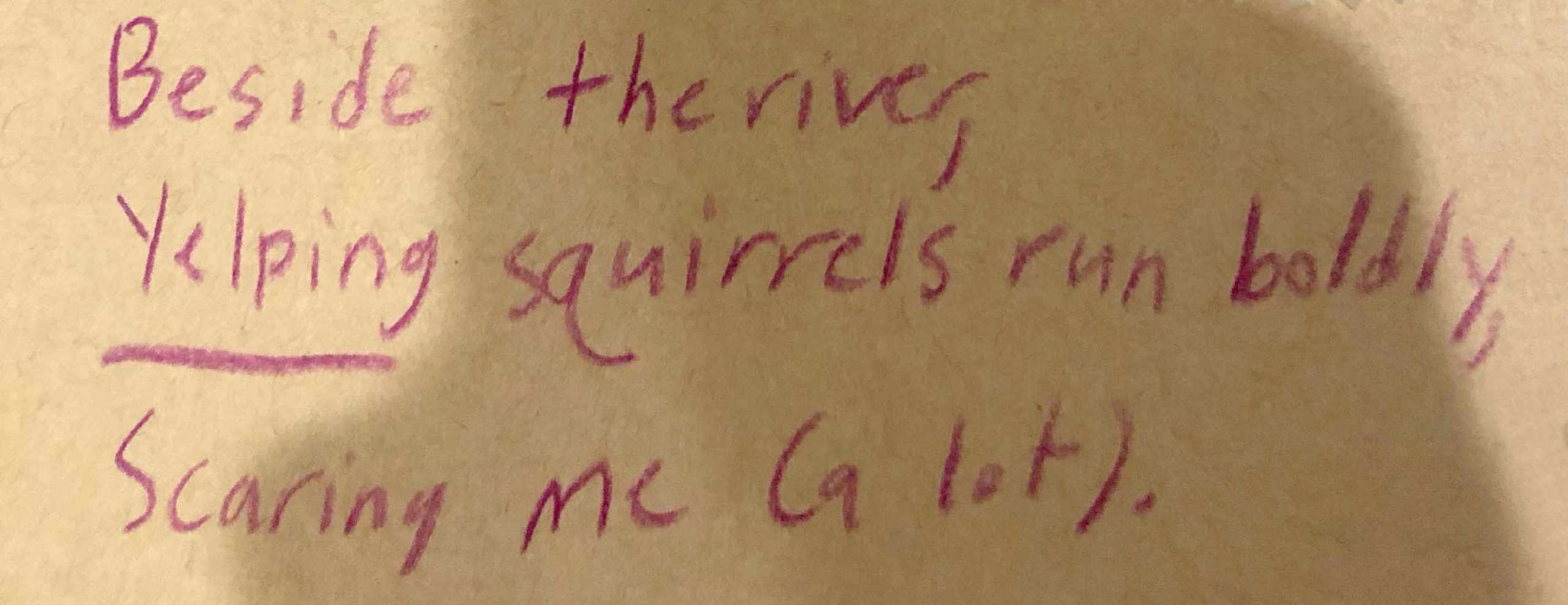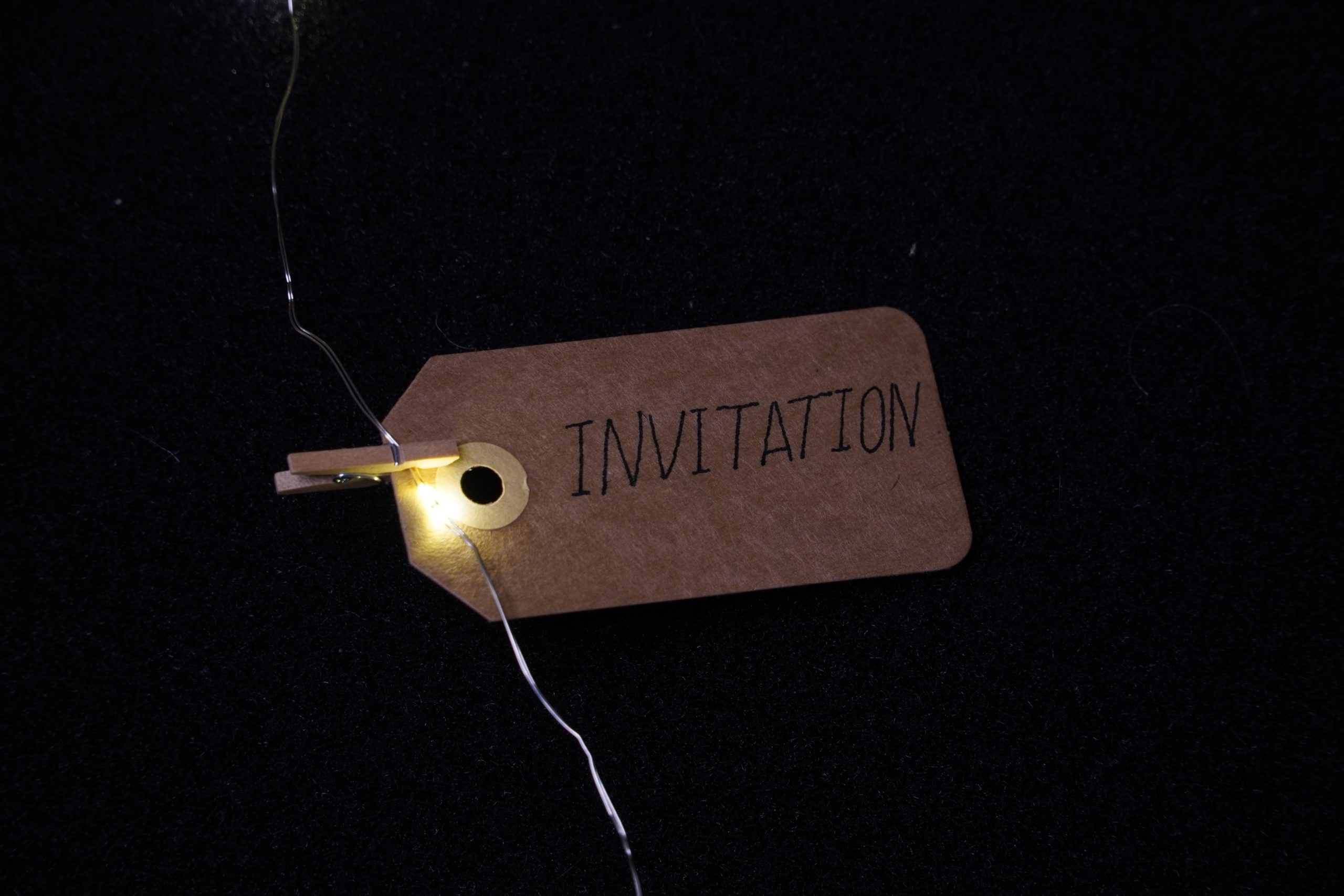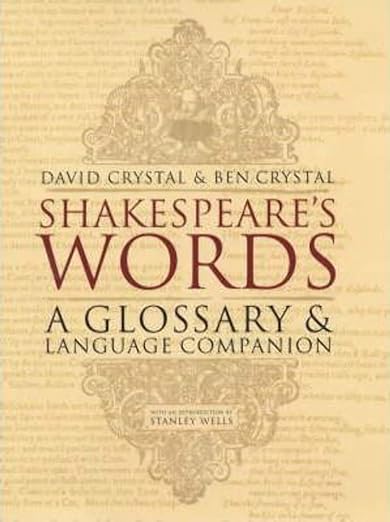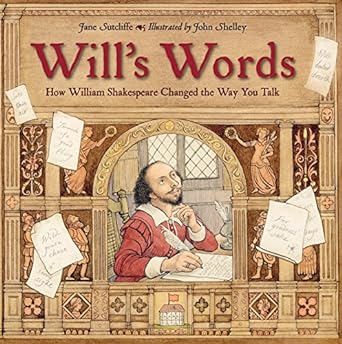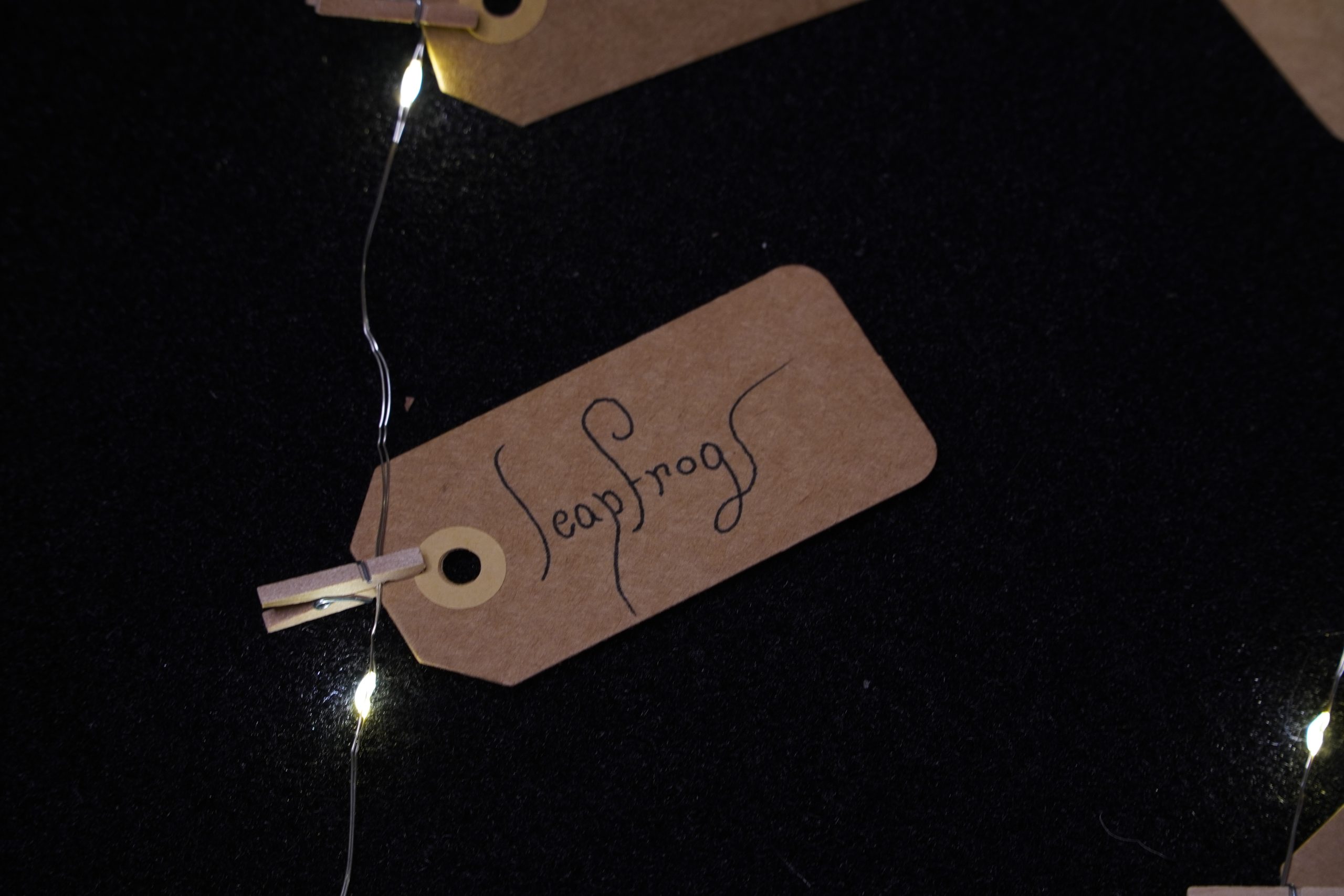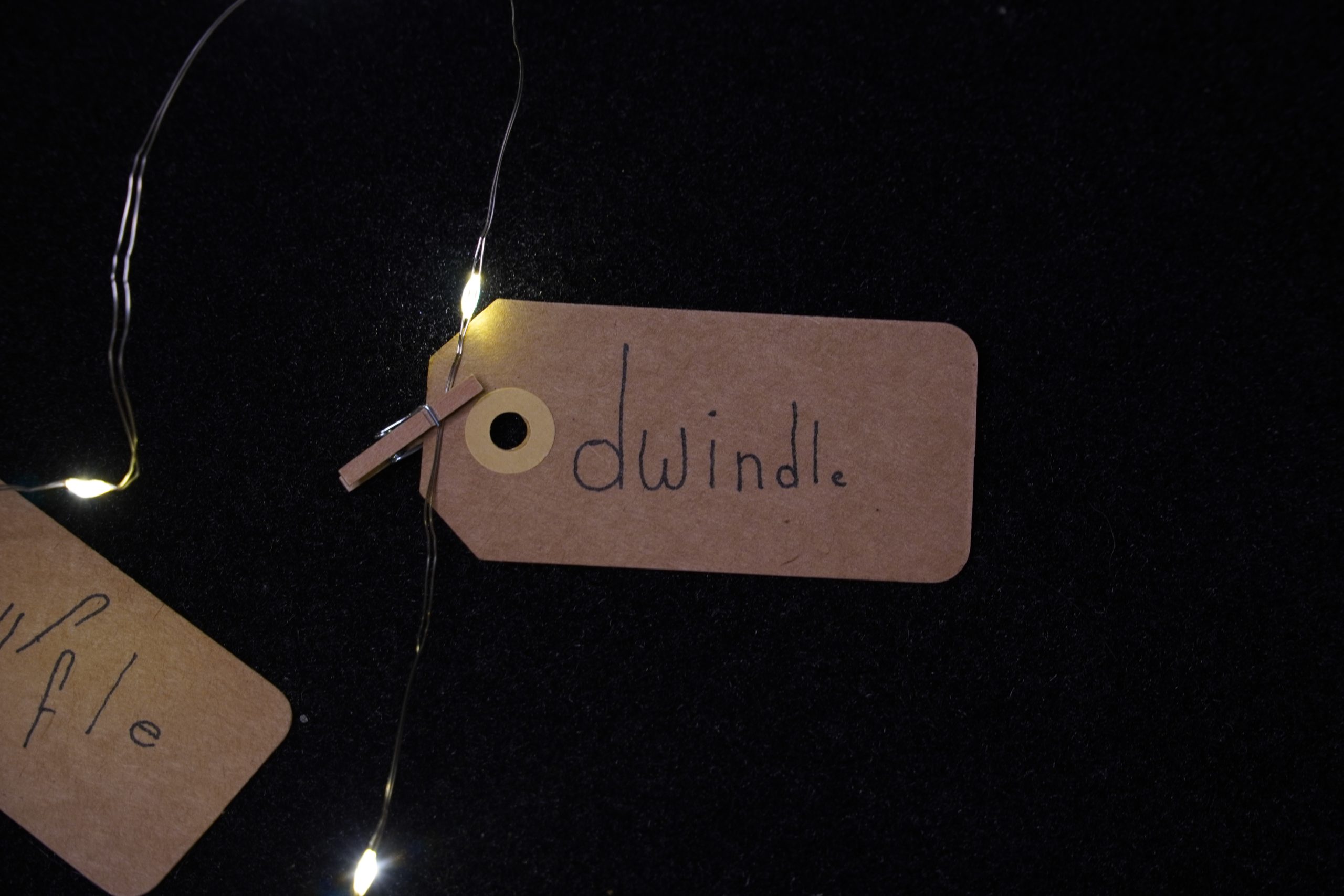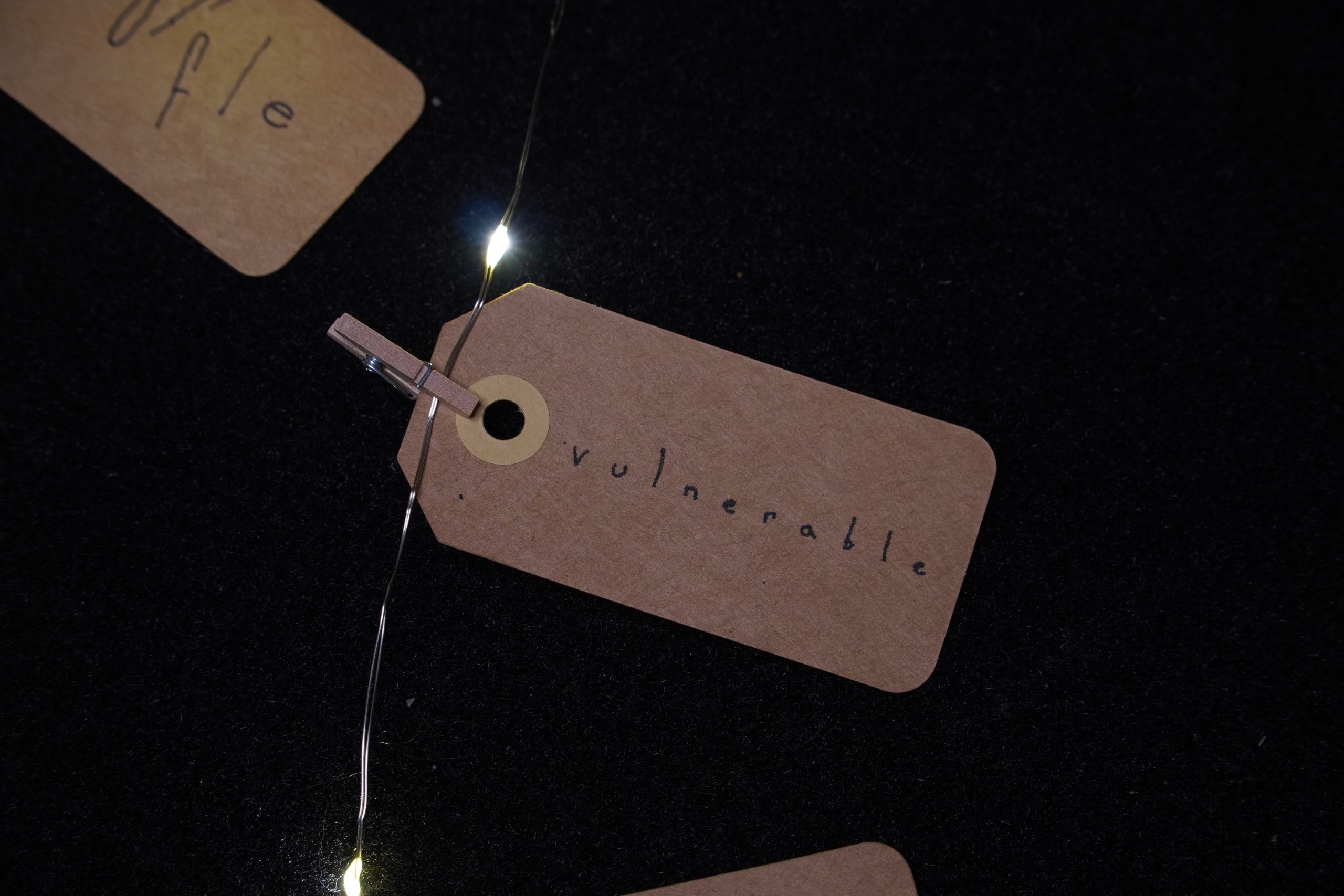
“Upon the subject of education, not presuming to dictate any plan or system respecting it, I can only say that I view it as the most important subject which we as a people can be engaged in.”
So said Abraham Lincoln.
“Four score and seven years ago…,” Abraham Lincoln crafted 272 words to form his “Gettysburg Address”—272 elegant words to heal the grieving, and bridge the rift between North and South. Abraham Lincoln was not only the benevolent President we all know and love, but he stands head and shoulders strong among the greatest of writers. “The Gettysburg Address” took only two minutes to deliver to the weary crowd on November 19, 1863, and was destined to become one of the most important documents in American history. He harkened back to liberty, to equality, and to freedom, echoing the Declaration of Independence. And he reminded the nation of the great goal of abolishing slavery — “… a birth of new freedom.” How did this man who, at best, attended school about one year of his life, and who never attended college, accomplish this great feat? Abraham Lincoln took ownership of his education. Lincoln was an autodidact. He read voraciously—Harriet Beecher Stowe, Goethe, Shakespeare, Napoleon Bonaparte, and Aesop. He read Longfellow and Emerson and Butler and recited their poetry aloud in the woods according to lore. He read Hume’s History of England. He read Thomas Paine, abolitionist Moncure D. Conway and humorist Petroleum V. Nasby. Abraham grew up observed the world around him. He listened. He cared. Abraham Lincoln cared about learning. Though he never attended law school, Abraham Lincoln received a license to practice law after passing a rigorous oral examination. He became our 16th President and fathered us through Civil War. Before he was assassinated, Lincoln crafted his “Second Inaugural Address”—700 eloquent words denouncing slavery, offering grace and sympathy toward both sides.
Here in the 21st Century, we can be that teacher who inspires an Abe Lincoln attitude toward learning. Literacy is the amazing human ability to read and to write and to speak and to think. Learning and practicing bundles of ELA skills eventually lead to competency. Standards, whether set by particular states, or Common Core, simply map out these skills.
“One child, one teacher, one book, one pen can change the world.” — MALALA YOUSAFZAI
We, like Malala, believe that the act of reading and the art of writing and thinking can change the world. So how do we accomplish this great goal? We believe the answer is to simplify.
So let’s refocus!
Here in the 21st century, the most important thing to keep in mind is that Abraham Lincoln took ownership of his education. The best encouragement we can give our students is to empower them to engage in the act of reading and the art of writing. However, let’s keep in mind that neither reading, nor writing (for that matter, not thinking or creating either) happens by chance. Literacy is achieved only by small steps toward the goal. Work works. But literacy will not ever be authentically achieved via a checklist of skills. We teachers will do our students a service when we understand the skills involved are best achieved when we encourage our students to be present, to take ownership of their important work. Understand the ELA standards, teach explicitly as needed, and guide your students consistently through our CORE and APPLICATION units according to their individual ability and grade level. Much of what the standards call for will be covered (and then some) as your student presses into this work. English Language Arts goals fall into the following five broad categories and are further broken into recommended skills for each area:
1. Foundational Skills for Reading and Writing
2. Reading of Substantial Fiction and Non-fiction
3. Language Conventions of Grammar and Style
4. Speaking and Listening and Thinking
5. Writing of Ideas
Tip Number 2.
Document observations along the way!
We’ve created worksheets for you to make notes monthly of student growth, and to track your observations of ELA benchmark mastery and particular skills needing a bit more attention. Tracking observations not only enables you, the teacher, to offer simple explicit reminders along the way, but also to be encouraged by student growth.



